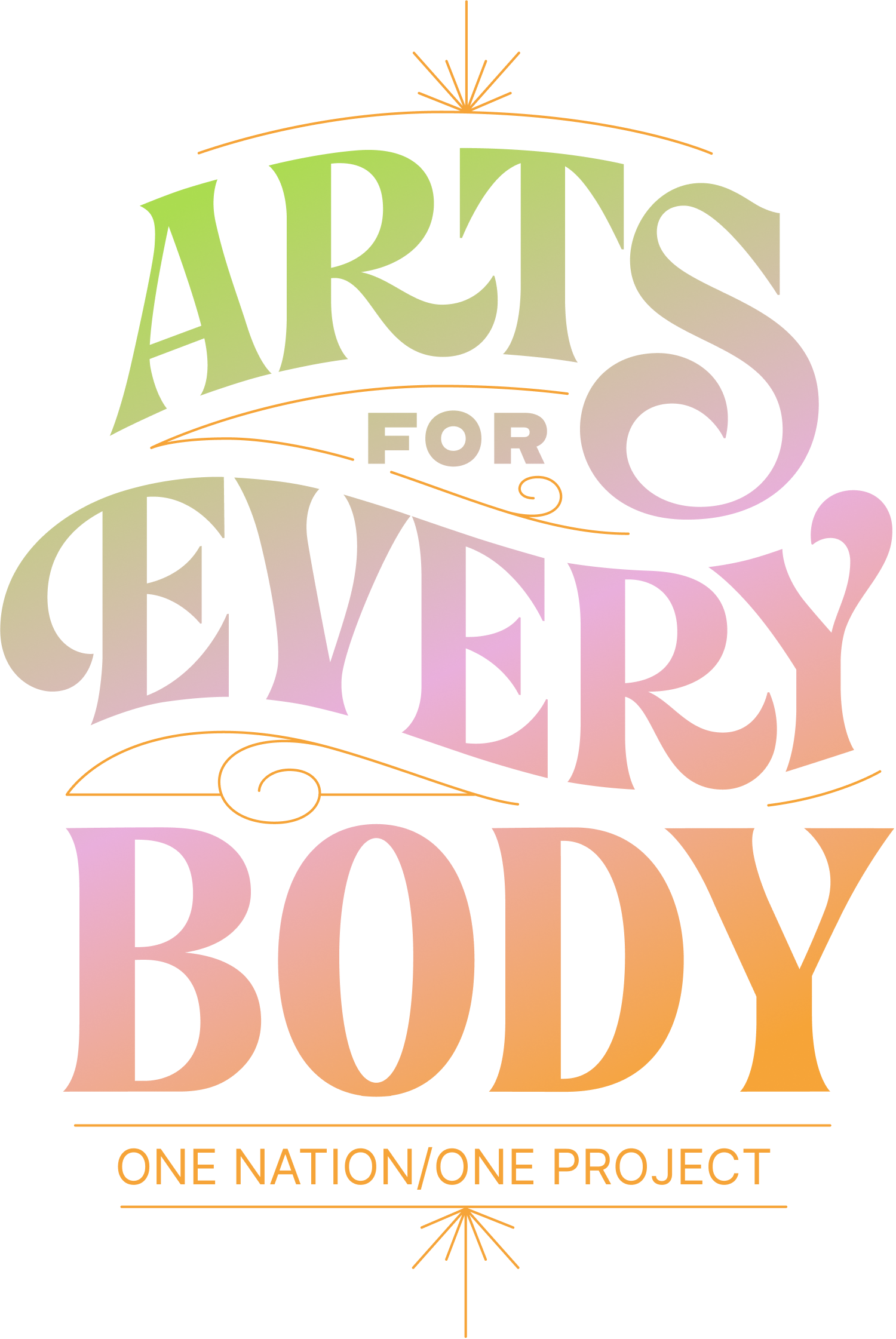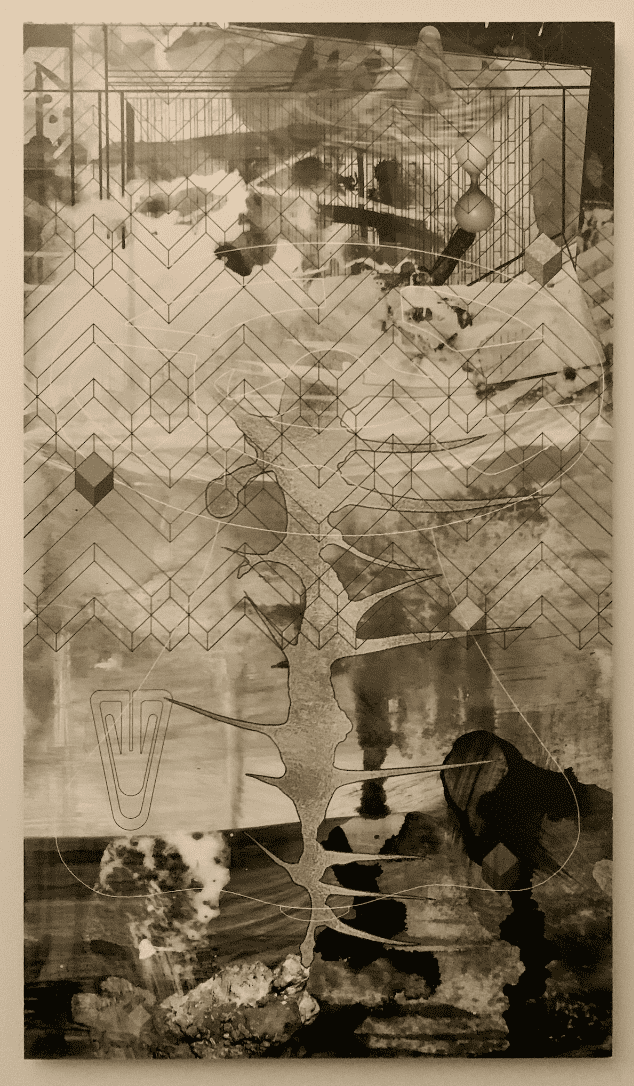Some dementia patients begin to create art. We may now know why.
Image Credit: Art collected from patients with different subtypes of frontotemporal dementia included painting, quilting, jewelry making, sculpture, pottery and montage making. They often had bright colors and rarely focused on human faces. (Friedberg A et al., JAMA Neurology, 2023)
The following is a review of the August 10, 2023 Article by Sam Jones for The Washington Post:
The article “Why some dementia patients begin to create art”, by Sam Jones of The Washington Post explores the phenomenon of emergent visual artistic creativity in some patients with frontotemporal dementia (FTD), a group of neurodegenerative disorders that affect the frontal and temporal lobes of the brain.
From the Washington Post Article: Artist David Wetzel created this painting after he was diagnosed with frontotemporal dementia. “His work was always great, but it became even more interesting and mystical and wilder after the diagnosis,” Miller, his doctor, said in a Post article in March 2020. “It was almost like a science-fiction writer telling a visual story about other worlds, other peoples.” (David Wetzel)
The article reports on a recent study that identified the potential brain structures and connections that lead to this unexpected gain of function in some FTD patients, especially those with the semantic variant of primary progressive aphasia.
The study found that damage to brain regions that normally suppress the dorsomedial occipital cortex, a region involved in visual perception and association, may allow for increased artistic expression. The article also provides examples of FTD patients who developed or enhanced their visual art skills, such as painting, quilting, jewelry making, and sculpture.
The article suggests that this burst of creativity could be an important signal of neurodegeneration, allowing for earlier monitoring or treatment. It also raises questions about the nature and origin of creativity, and whether it can be stimulated or enhanced by altering brain function.
The article relates to the mission of One Nation/One Project2, a national arts and wellness initiative that aims to activate the power of the arts to repair the social fabric of our nation and heal our communities. One Nation/One Project believes that arts engagement can foster equitable recovery, well-being, and social cohesion in communities across America. The article shows that art can have positive effects on the brain and behavior, even in the face of cognitive decline and disease. It also demonstrates that art can be a form of communication and expression for people who have lost their language abilities or other aspects of their identity. By highlighting the potential of art to enhance human potential and resilience, the article supports the vision of One Nation/One Project to leverage the power of the arts for the well-being of all.

